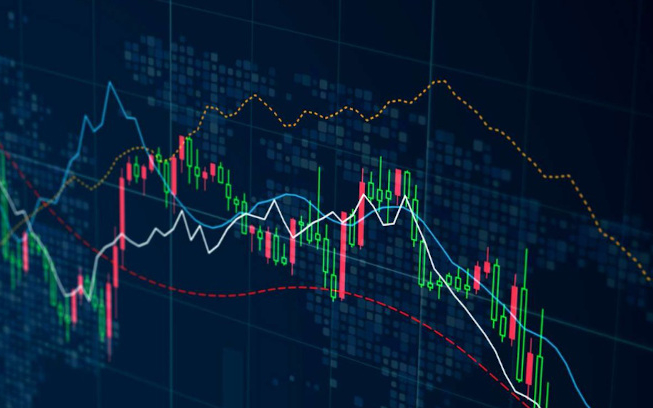Forex trading is an exciting and dynamic world, where both beginners and experienced traders look to make profits by predicting the future changes in the exchange rate of currencies. Among the various methods used to analyze the financial markets, fundamental analysis stands out as a powerful approach that can provide valuable insights for forex traders. In this blog post, we will explore how to use fundamental analysis in forex trading, and how to make sense of the economic indicators, news events, and other data that shape the value of currencies.
What is Fundamental Analysis in Forex Trading?
Fundamental analysis is a method for assessing the intrinsic value of an asset by analyzing the economic and financial factors that affect its price. In forex trading, fundamental analysis involves studying the macroeconomic indicators that affect the strength and stability of a particular currency. These indicators include the GDP growth, interest rates, inflation, employment, geopolitical risks, and other economic data that are released on a regular basis by the central banks and government agencies of the respective countries.
By analyzing these indicators, traders can develop a better understanding of how the market is likely to respond to various events, such as changes in monetary policy, political instability, or global economic trends. More importantly, they can use this knowledge to identify trading opportunities and make better-informed decisions about when to buy or sell a particular currency pair.
How to Use Fundamental Analysis in Forex Trading:
Here are some key steps to follow when using fundamental analysis in forex trading:
1. Identify the Major Economic Indicators: The first step is to identify the key economic indicators that are likely to impact the currencies you are trading. This can include the GDP growth, interest rates, inflation, employment, and balance of trade, among others.
2. Stay Up-to-date on News and Global Developments: Keeping a close eye on the latest news and developments in the global economy can help you understand the trends and shifts affecting the market. Watch out for major news events, such as central bank policy announcements, trade negotiations, or geopolitical risks, and how they may impact the currency markets.
3.Analyze the Data: After identifying the indicators, gather the relevant data and analyze it to draw conclusions about the state of the market. Understanding how these indicators work in conjunction with current events and global trends can provide insights into possible future price movements.
4. Determine Your Trading Strategy: Using the insights obtained from your data analysis, you can form a trading strategy based on whether you expect the currency to go up or down in value. Once you have a well-developed strategy, you will be able to use the analysis of past data and information gleaned from macro-economic indicators to make informed trading decisions.
5. Implement a Risk Management Plan: Trading in forex can be risky, and it is essential to manage your risk. Using your economic data and analysis of market indicators as part of your risk management plan is an effective way to manage your forex trading risks, and will increase your chances of making a successful trade.
Conclusion:
Fundamental analysis is a vital tool in forex trading and can help traders make more accurate predictions about future market trends. By understanding the economic indicators that influence the value of currencies and keeping up-to-date with relevant news and developments, traders can make better-informed trading decisions, develop sound trading strategies, and manage risk to increase their chances of success.



Thank you for your sharing. I am worried that I lack creative ideas. It is your article that makes me full of hope. Thank you. But, I have a question, can you help me?